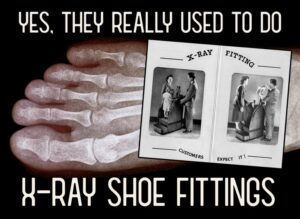The future is here with the CBCT!
In the first Iron Man movie, our hero Tony Stark becomes obsessed with building another Iron Man suit. As he’s throwing around ideas on how it would fit around him, the geniuses at ILM make it look like he’s able to put his arm into a holographic 3D model over his design table.
Holograms like this might be movie magic, but creating 3D imaging is a thing of today!
 Medical imaging has come a long way from the early days of x-ray where you got a fuzzy picture that took minutes to take. And, yes, that was a large dose of radiation too; so large that people were burned during the pictures, or worse… there were some cases that eventually developed some form of radiation poisoning. Thankfully, science has brought us a long way from the days of high dose radiation, even if Marie Curie’s lab notebook is still highly radioactive.
Medical imaging has come a long way from the early days of x-ray where you got a fuzzy picture that took minutes to take. And, yes, that was a large dose of radiation too; so large that people were burned during the pictures, or worse… there were some cases that eventually developed some form of radiation poisoning. Thankfully, science has brought us a long way from the days of high dose radiation, even if Marie Curie’s lab notebook is still highly radioactive.
We have modern imaging equipment that uses fractions of a dose of radiation to get excellent medical imaging. In fact, you get less radiation exposure from a most routine x-ray imaging than you would get from a cross-country flight, yet we don’t let the risk of radiation stop us from traveling.
Our ability to image the human body is growing more and more each year, with advances in 2D x-ray, CT & MRIs. While the latter two technologies give the appearance of 3D imaging, it’s not quite there yet. All of these technologies utilize 2D technology called pixels to visualize parts of the spine. But advances never cease, and now we have 3D imaging that actually maps your spine in true 3D with a new form of data, the voxel!
Doc, what’s a Voxel?
I know, you’re all excited about this voxel….but what the heck is it? In simple terms, it’s a box of data. How is that different from a pixel? Think about your phone. Every year it gets better and better, sort of. It’s got a new camera or a sharper screen image. All you’re really getting is better pixel resolution, which is more squares on a screen. As technology advances, we can make those pixels smaller, which means you can fit more of them on a display. The more pixels you have on your display, the more it looks like real life. The more pixels your camera can take into its images, the closer they resembles your own eye’s perception of the world. In short, pixels are really small squares.
So if pixels are squares, a voxel is a box. It’s 3D. And while we don’t have the ability to do Tony Stark level holograms yet, we do have the ability to capture voxels of data of your spine in 30 seconds to get a better idea of what you look like in 3D!! And let me tell you, Cone Beam CT (CBCT) can read a bunch of boxes!!
Benefits of CBCT
This technology is really exciting. First, it’s in office, so there is no need to go to another facility to see your imaging. In fact, you may have a CBCT from your dentist that we could use for your care (depending on how the image was taken) to get new patients started. Existing patients can get a copy of their CBCT to take to their dentist too to get a better sense of what’s going on with any bite issues. Second, it’s another leap forward in reducing radiation doses. In fact, it’s similar to high frequency x-ray imaging in a fraction of the time. In 20 seconds, we have a complete set of data that gives us all the information that is needed to analyze the cervical spine, especially the cranio-cervical junction (CCJ).
Speaking of the CCJ, the third benefit of the CBCT is that it gives us a ton more information about how you’re built. At Keystone Chiropractic, we’ve always taken custom imaging for all our patients, which allows us to deliver a custom correction to everyone who comes into our office. When it comes to next level care, we’ve been ahead of the curve. CBCT gives us one more step in that direction. We can now see the joints in new and different ways, increasing our ability to confirm how you’re out of alignment, and allowing us to deliver the highest level quality of care.
What CBCT can do
In the short time that we’ve used the CBCT in our office, we’ve already confirmed findings from our previous imaging. We have also discovered small anomalies that were simply not visible on standard x-rays. As such, we’ve enlisted Dr. Tracy Littrell, DC, DACRB to help us analyze the images. Dr. Littrell was a mentor of mine while I was at Palmer College of Chiropractic, and she is one of the best radiologists around. She is having a blast reading our CBCTs, as she’s amazed by the image quality and clarity it has for patients. On top of that, she regularly tells me she’s going to read an “easy case,” generally someone she things would be young and healthy, only to see findings that she’s shocked by!
Case 1
The latest such case was someone that had a third joint between her atlas and her skull. (You’re only supposed to have 2 !) Dr. Littrell and I will likely be doing some studies on some of these unique findings in the future! Additionally, we are finding structural changes in the relationship between the head and neck that we could not previously measure. Some of these changes are academic, but many help us understand your condition. With CBCT, we can measure these changes, often finding that many of our toughest cases are suffering from compression on the front of the cord.
The good news is this isn’t the end of the line; I have one case who has been under Upper Cervical care for almost as long as he’s been alive with no neurological issues at all!
Case 2
A good friend and colleague, Dr. Frank Mathias has been practicing Upper Cervical since 1973, and has been under care since early childhood by his uncles. His uncles were among founding members of the National Upper Cervical Chiropractic Association (NUCCA), and practiced in Hammond, IN. Dr. Mathias was planning to take over their practice, but ended up staying in his home town of Virden, IL where he’s been practicing Grostic Upper Cervical. According to a recent report, Dr. Mathias should have cord compression, but he doesn’t. Keeping his ‘head-on-straight’ for all this time has kept him from having debilitating pressure on his spinal cord. Dr. Mathias is just as excited about this CBCT technology as I am, and is interested in seeing how this it will help people in the future. As he and I often say, there might be something to this Upper Cervical work after all!
The future of CBCT and chiropractic care
Our new imaging also offers something that my good friend and mentor, Dr. Scott Rosa calls dignity of the diagnosis. I call it peace of mind. So many people come into offices that offer Upper Cervical care, whether it be my office or another one of my colleagues, having already visited every other doctor they could think of, and even advanced institutions like the Mayo Clinic. They leave those other visits, still unsure about what’s going on. Many are at their wits end and they just want to give up.
The good news is there’s hope. There’s hope with new technologies like CBCT and new protocols for correcting problems that are keeping people sick. At Keystone Chiropractic, we embrace the new while staying true to delivering the best possible health care possible. We’re proud to be able to offer that care to all of our patients and are excited about being to able to offer it to even more!
About Keystone Chiropractic
As an engineer, Dr. Schurger looks at the whole body as a system to determine what is best for each patient. He performs custom spinal imaging for each patient in order to create a custom correction. Dr. Schurger has transformed himself through the ketogenic diet. As part of his practice, he offers nutritional advice to help patients improve their overall health (weight loss being a side effect). His practice, Keystone Chiropractic, focuses on upper cervical chiropractic care, and is located at 450 S. Durkin Drive, Ste. B, Springfield. Call 217-698-7900 to set up a complimentary consultation to see if he can help you!

Recent Comments